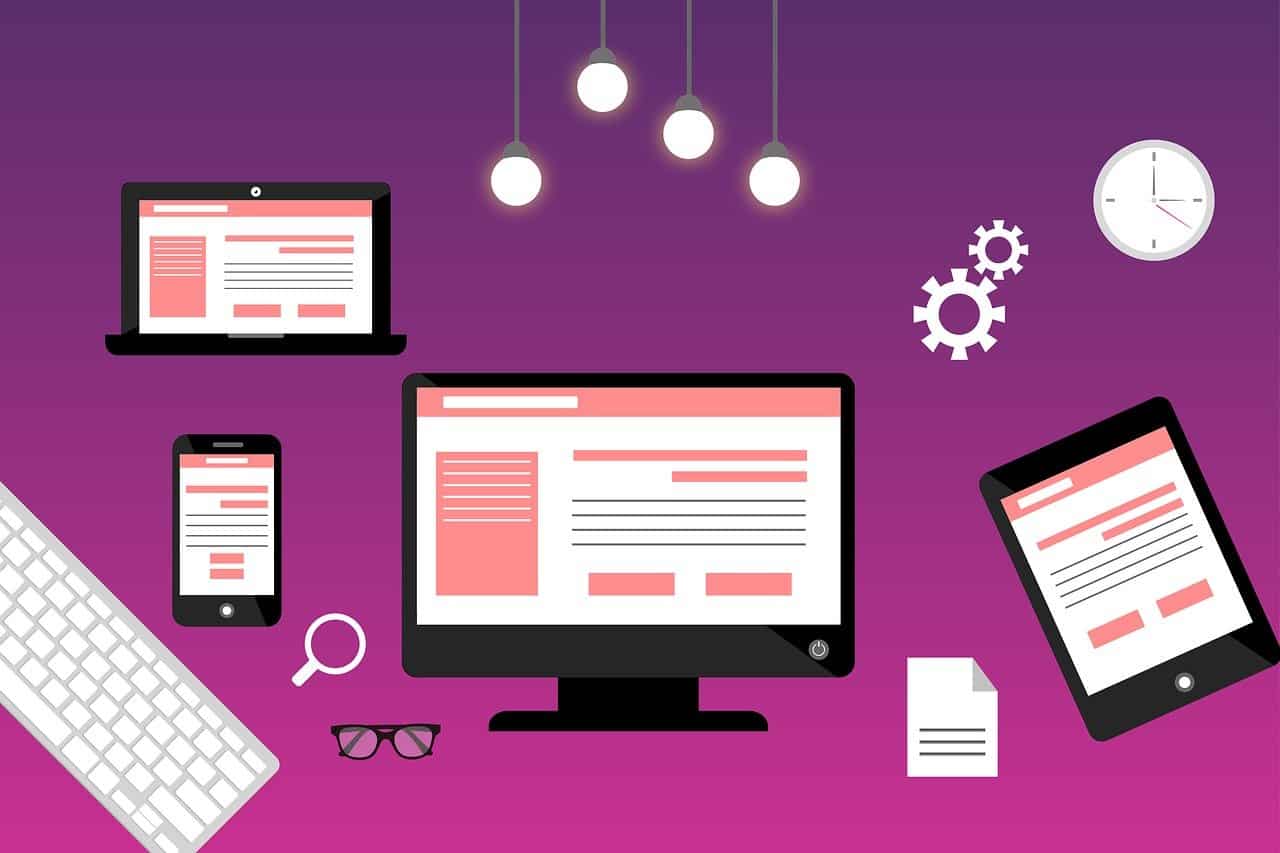We are living in a world of continuous change, and innovation is critical for any business to sustain itself. While most believe it to be crucial, only 6 percent of executives are satisfied with their firm’s innovation performance (McKinsey Global Innovation Survey). Long development times, choosing the right ideas, risk-averse culture, lack of coordination, and marketing innovation are among the top obstacles faced during the ideation to the implementation process.
A popular approach followed by leading and successful organizations to bridge this gap is Design Thinking. Companies like Airbnb, Netflix, Apple, and PepsiCo have used it as a creative problem-solving tool to successfully overcome various market challenges.
Netflix started as a DVD rental company which was then considered an innovative model until cable companies started offering movies on demand. To respond to the competition and the needs of its customers, Netflix pivoted using design thinking to become an on-demand streaming site. It continues to employ design thinking for customer experiences and currently offers personalized streaming to every user.
Design Thinking: An overview
Design Thinking is a human-centered problem-solving approach in which we seek to understand the user, challenge ideas, and devise solutions to redefine existing problems. You can ideate and work on ideas with a collection of hands-on practices. The approach works by helping you question the assumptions, challenges, and implications. Enroll in a free design thinking course today!
The main idea is to understand who your end users are and innovate products and experiences that are customized to them. It can be structured into four phases-
Empathize – To empathize with users by developing a deep interest in their needs
Define – Connect users with the problem, and develop insights on the solution
Ideate – Brainstorm workable, creative ideas by challenging your assumptions
Prototype – Start creating roadmaps of solutions and know the feasibility of implementing them
Test – Test your solution to the user’s problems
These phases are not always sequential, and you should rather look at them as individual phases that contribute to a successful innovation project.
“Design thinking can be applied to the entire product-to-market process – it helps us better collaborate and generate ideas with brainstorming techniques, define its value proposition, gain user empathy, and successfully test the prototype,” says Professor Stefanos Zenios, who is the faculty co-director of Stanford Graduate School of Business’s Center for Entrepreneurial Studies. He is also the mind behind Stanford GSB Executive Education’s Design Thinking: From Insights to Viability course.
Four ways Design Thinking can add value to your career
Now that we have understood what Design Thinking is and the approach, let us delve into various ways you can use Design Thinking to transform your approach to work.
1. Quickly convert your ideas to tangible solutions
According to an IBM study, Design Thinking can help get your products to market twice as fast and reduce the development time by 75 percent. With the right prompts and research-backed techniques, ideas flow fast. Design thinking helps you identify ideas that work with various brainstorming and collaboration techniques. Then, you can use its frameworks to create prototypes and test the feasibility of your ideas with user interviews.
This way, you can eliminate most of the risks and time in bringing effective ideas to solutions.
2. Streamline processes and make your teams more productive
Design Thinking helps every team member contribute. It enables you to put the user at the center and serves as a great way to invite individual and collective ideas to help build better products and experiences.
One of the biggest corporate nightmares is to minimize the meeting times. You can use design thinking principles to set the expectations right by giving a clear picture of what outcomes to expect. Create synergy within teams and help devise an action roadmap everyone can follow.
3. Increase sales, and boost customer loyalty and brand equity
If you consistently deliver what your users want, you start building a reputation in the industry and among consumers. For instance, Indra Nooyi, the then newly appointed CEO, saved PepsiCo from a potential partition using Design Thinking. She rethought their entire innovation processes and design experiences. From product creation to packaging and labeling, she employed design thinking in the entire organizational process. This helped customers to know how the products look on the shelf and interact with them, eventually boosting sales and retention. The company saw an 80 percent increase in sales during this time.
4. Create better products, solutions, and experiences
Different phases of a customer’s journey influence how they see your business. Whether they are looking at solutions that meet their demands, purchasing products, or resolving their issues, every point of interaction is critical. Design Thinking helps you create positive experiences for users at different touchpoints.
Design Thinking also helps fast-track your product to market time by reducing last-minute surprises and risks. You also ensure that the products are delivered in tune with customer needs to increase adoption.
Quick check – Free Design Thinking Course
What roles and industries can benefit from Design Thinking?
Successful professionals and organizations use design thinking to be prepared for change or unexpected market fluctuations. It is not just for designers, tech companies, or design-centered organizations but is widely used by professionals regardless of industry, function, or geography.
With its proven frameworks and a well-structured process, it helps form successful ideas and develop road maps to solve any business problem. You can use design thinking at any phase(s) of a product-to-purchase lifecycle to get the desired outcome. For instance, the sales team can use Design Thinking to help their customers visualize solutions, making it easier for them to convert. Product development teams can use Design Thinking to build innovative products and solutions with user feedback and interactions.
Getting the best of design thinking
Learning a practical approach like design thinking needs the right blend of market-ready concepts and hands-on experience. Stanford GSB Executive Education has developed the Design Thinking: From Insights to Viability course in collaboration with Great Learning to help you understand and apply concepts to real-world problems, collaborate with a global team of peers to develop new perspectives, and be industry-ready.
Innovation is inescapable when change is inevitable. Innovate better and create technically feasible, business viable, and desirable user solutions with design thinking as we respond to this rapid change.
Ready to apply design thinking in your career? Upskill with a Free UI/UX course online and gain practical experience that will set you apart in this dynamic field.







